A constant supply of drawing materials accompanied Carol while growing up in Missouri. She graduated with a BFA from the Kansas City Art Institute, attending her senior year at Rhode Island School of Design. In 2014, she received her MFA from the University of Hartford, Connecticut. Her illustrations have appeared in over 60 picture books, including My Busy Green Garden, which Kirkus called “a lovely literary and artistic rendering.” Her other books include Sea Squares, an Outstanding Science Trade Book and Children’s Choice Award winner; The Maiden of Northland, an Aesop Accolade winner; and Thinking about Ants, an Outstanding, plus Science Trade Books and countless magazines, newspapers, and Advertisements.
With a focus on science and nature, a few of the companies Carol has worked with include Scholastic, Hyperion, National Geographic Society, National Wildlife Federation, and The Washington Post. Her children’s books have been chosen as Outstanding Science Trade Books by the National Science Teacher’s Association and Children’s Book Council and have been honored with the Children’s Choice Book Award and included in the Original Art exhibition at the Society of Illustrators in New York. Her artwork has been exhibited throughout the country, including Focus on Nature XIV and XV, The Society of Illustrators in New York, and The Illustrator’s Club of Washington DC. Carol’s work is included in the Society of Illustrators’ permanent collection from the exhibition Women Illustrators Past and Present.
Carol now lives in Connecticut, where she is an Assistant Professor of Illustration at the Hartford Art School, University of Hartford, and teaches online in Rhode Island School of Design’s Continuing Education Natural Science Certificate Program. Her artistic process and love of nature have been a topic for presentations at elementary schools, libraries, conferences, and colleges. Carol enjoys co-teaching the workshop “Seascapes and Landscapes” and being an Artist-In-Residence at the Shoals Marine Laboratory on Appledore Island, Maine, where her love of the ocean and art come together through visually documenting her experiences and teaching.
Carol taught illustration at Milwaukee Institute of Art & Design and has shared her passion for illustrating at the hundreds of elementary schools, libraries, conferences, and colleges she has visited.
Here is Carol’s process for This Is NOT My Lunch Box.
Research Photo for Little Boy

After I made my thumbnail sketches, which changed quite a bit in the final sketches, I realized I could create a template for the lunch box that goes at the top of each right hand page. That’s why when you look at the rough sketch for pages 4-5 there’s the lunch box at the top of page 5 but on the rough sketch for pages 14-15 there’s a blank space because I didn’t have to draw something I was going to drop in later.

Rough Sketch
I did include the lunch box in the finished sketches for the art director to see.
The final artwork raw scan for page 5 shows the top right lunchbox with no color. I isolated that lunchbox and the border and repeated it using Photoshop, also changing the skin tones and adding the different colors to the lunch boxes.
I painted each lunch box color as a rectangle on watercolor paper, scanned the color rectangles, then added each one as a layer under the lunch box black line art. Finally, when each of the lunch boxes was finished, I could add them to each right hand pages. It was a time saver.
Rough Sketch

Finished Sketch
Final illustration for Book
*******
BELOW IS MY INTERRVIEW WITH CAROL:
When did you realize that you had a talent for art?
My mom realized it before I did. She says I drew a picture of Mickey Mouse with a crayon when I was less than 2 years old and it resembled the mouse. She supplied me with a steady stream of crayons, paper, and coloring books. I remember telling people I wanted to grow up to be an artist at an early age, 3 or 4 years old. I drew this in second grade for a paper about birds. Even then, I loved nonfiction and nature.
What was the first thing you created that someone paid you for doing?
When I was 12 years old, I began taking private oil painting lessons. My mother always wanted oil paintings on her walls and that was a way to get them. She still has all my early oil paintings on her walls. I began selling oil painting when I was in high school at various outdoor art fairs I don’t remember what the first painting was that I sold.

What made you choose the Kansas City Art Institute to get your BFA?
I grew up in Kansas City and was accepted to a number of schools, but the cost of room & board and travel made commuting from home to school the only option for me to go to college. I did get an apartment by my sophomore year, but the accommodations were much less than ideal.
What did you study at KCAI and RISD?
Back in the day when I went to the Kansas City Art Institute there was no illustration department so I was in the design department. I didn’t realize how fortunate I was to get a solid design background. It made my illustration work so much stronger. I encourage every illustrator to take some design and typography classes. It will serve them well when it comes to composition and understanding how an illustration and type can live harmoniously, side by side. I went to RISD for my senior year on a mobility program between art schools. They don’t do that anymore! At RISD I was in a glorious illustration department and the professors helped me create a wonderful portfolio on which to launch my career.
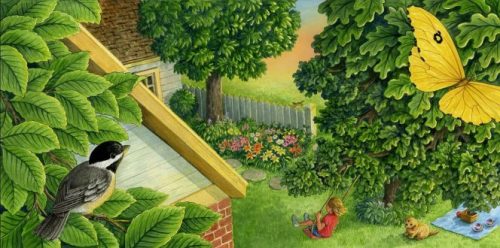
Did you do any freelance art while attending school?
No, I didn’t. I worked part time at a fancy department store to help pay for college and concentrated on my studies.
Did RISD introduce you to professional people who could help you further your career?
I had one professor, Judy Sue Goodwin, who gave me a name at Houghton Mifflin to contact for children’s publishing educational work. I immediately began to get work in that area of illustration. In those days, I didn’t have a clue how to get involved in illustrating children’s trade books and it
was way before the internet, so I had no way to find out.
What job did you do when you graduated?
At that time, I moved to the Washington, DC area with a new husband and a top-notch student portfolio. I interviewed with 40 design studios and finally got a job doing “paste up and graphic design” at a design firm in the same block as the Washington Post and the Russian Embassy. What an exciting place to be! I worked at four different design firms before establishing my freelance business.
When did you decide you wanted to illustrate books?
In college I knew I wanted to illustrate trade books but didn’t know how. When I moved to the Washington DC area, I began to try and find out how. I started attending conference and seminar on the subject. The Children’s Book Guild of Washington, DC offered a seminar where I could sign up to have my portfolio critiqued by an agent. That was the beginning of my children’s book career.
In 2014 you received your Masters Degree from the University of Hartford, Hartford Art School. Did you want your MFA to help you get a College Professor position?
I have moved a lot and each time I looked for a group of artist friends. When I moved to Milwaukee, WI, I was feeling very isolated and craved a creative community. Already being a successful children’s book illustrator gave me a foot in the door to teach at Milwaukee Institute of Art & Design in 2010. I loved it and knew if I wanted to continue teaching, I needed my MFA.
Was Sea Squares by Joy N. Hulme and published by Hyperion in 1991 your first illustrated book with a major publisher?
Yes it was. I had illustrated two small books for a local publisher in Maryland two year before that, which I had sent to the agent I had met at the seminar I mentioned earlier. She said to come see her in NY and soon began representing me. I credit her, Dilys Evans, for getting me my first book. I didn’t realize how fortunate to have crossed paths with one of the most respected agents in children’s publishing. At that time, I didn’t know much about how to illustrated a 32 page picture book, even though I had been a freelance illustrator for over ten years illustrating for the National Geographic Society, The Washington Post and many other Washington DC companies. Children’s books was like a new career. Dilys told me to get the Uri Shulevitz book, Writing with Pictures and study it. That’s how I learned what to do. I might add that Sea Squares was a huge success and won a bunch of awards, including being in the Original Show at the Society of Illustrators.
I see you Illustrated five books from 1993 to 1996. Did you sign a five-book multibook deal contract with Scholastic in 1993?
No, each one was separate and actually there were 6 books. When I illustrated the first one, Where’s That Insect, I had no idea there were to be that many more. Luckily, I could adapt my design to fit all the books. I might add that because of my design background I’ve been fortunate to have art directors let me design each page, giving me control of where the words are placed.
In Sea Sums Written by Joy Hulme and published in 1997 with Hyperion. Did that happen because Joy wrote a second book so they came to you? Or did you know a second book was coming when you illustrated Sea Squares?
I think Joy had the idea of a second book and the publisher was eager to cash in on the success of Sea Squares. Hyperion wanted to keep the profitably duo of Joy and I for the second book. Unfortunately, there was a change in editors and art directors in the middle of the book and Joy and I felt like we were on our own to get the book in shape for publishing. Those in the business know that authors and illustrators don’t normally get to communicate with each other. Joy had contacted me after the success of Sea Squares and so we had a professional relationship for the second book.
You illustrated two beautiful books, Winter Visitors and The Mother Goose Cook Book for Morrow Junior Books in 1997 and 1998. Is this publisher still in business?
No, it is not in business, swallowed up by a larger publisher, as has happened to so many. I enjoyed working on those books, even though The Mother Goose Cook Book took four rounds of sketches of all 32 page to get everyone to agree on it. There were a lot of cooks in that pot.
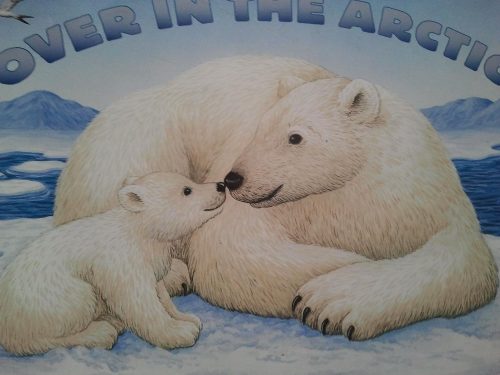
From 1998 – 2003 you illustrated nine more books with Scholastic. Were any of these book part of a multi-deal contract?
No, each one was a separate book contract.
Did you have an agent during these early years of your career? If so, how did you find that agent?
Earlier I told the story of how I met my first agent, Dilys Evans. I might add that I knew right away that I was not good at marketing myself and needed an agent.
Are you still with the same agent? If not, who is representing you now?
When Dilys retired, she helped me find another agency, Portfolio Solutions. Then that agent retired and now I’m on my third agency, Storybook Arts.
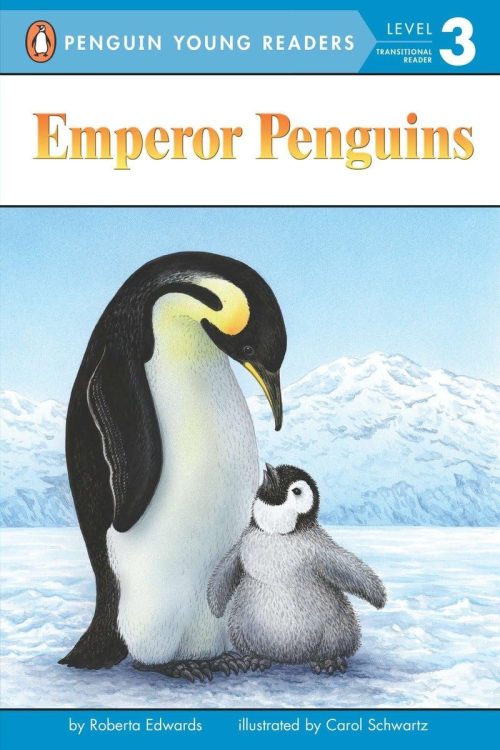
When did you know you were building a niche for nature, animals, and scientific Illustration?
Honestly, I never set out to do that but I found that I was much more excited about the nature and science books I was working on than any others. I loved the things I learned from illustrating those kinds of books. It was a natural progression.
In 2007 and 2008 you illustrated three All Aboard Science Reader, Station books with Grossett and Dunlap, plus another book with another publisher. Was that stressful?
No, I loved every minute. I’m good at making schedules and keeping to them. You have to be regimented and stick to a schedule when working on a 32 page picture book that takes months. When I was waiting to hear back on sketches on one, I could be working on another. Deadlines are so important and a sign of being a professional. I try to meet every one. Communication is the other important part of being a professional. If I find that I need an extra week, I ask if it’s possible and not at the last minute.
In 2011 you illustrated four WHAT IF THERE WERE NO … books for Picture Windows books. How long did take to illustrate the four books?
I started on the Otter book first in 2009 and finished the fourth book on Lemming in April 2010. I was working nonstop, even on vacations and Christmas. I think I did all of them in 7 months. I am proud to have illustrated those books because of the topic they address, that the loss of one keystone creature can change a whole ecosystem.
Do you think you have learned new things from the books you illustrated?
I have learned so much! If you don’t like research, you might not want to be an illustrator. I’m a walking encyclopedia of bits of nature information. The interesting facts I learn about creatures informs my art and makes my work all that much more enjoyable. In fact, the research is just as enjoyable as the painting. I love learning new things!
In 2017 you illustrated My Busy Green Garden By Terry Pierce that was published by Tilbury House. How did they discover you?
My second agent had been in touch with them after sending my portfolio. They happened to had a manuscript that was right for me at that time and offered me a contract to create the art.

In 2019 you illustrated The World Never Sleeps By Natalie Rompella with Tilbury Press. Did you work with the same people as you did with the prior book? Was that easier working with the same publisher, again?
I did work with the same group of people on The World Never Sleeps.
I just featured you and the book THIS IS NOT MY LUNCH BOX that you illustrated for Tilbury. That is how I found your gorgeous artwork. The book is quite impressive. How long did it take you to created so many detailed illustrations for that book?
Before I start sketching for a new book, I like to just let it sit in my mind for a week or two. I get to know the story and start to visualize it in my head. Then when I sketch the thumbnails of the book, which I do in a day, I already have a bunch of ideas to work with. I signed the contract on April 4, 2023 but I didn’t start sketching until May. I couldn’t give the book the time it needed in April because I teach full-time and that was the last month of classes. I made the finished sketches in three weeks, mostly when I was in California visiting my son, daughter-in-law and grandson. My grandson and his neighbor friends, Amy, were my two main models. I took many photos of them which I used for the kids in the book. I finished the final art work September 30, 2023, 5 months after I first started to put pencil to paper.
How does it feel to have your work included in the Society of Illustrators’ permanent collection from the exhibition, Women Illustrators Past and Present?
I feel very fortunate to have been included in that exhibition and to be among so many other fabulous women illustrations represented in the exhibition. Going to that reception at the Society of Illustrators was a career highlight for me.

How did you get the job as Assistant Professor of Illustration at the Hartford Art School, University of Hartford?
After getting my MFA I applied to many colleges and universities for a teaching position. I think the time was just right when I applied for the position at the University of Hartford. I taught there as an adjunct in 2020 when a faculty member went on sabbatical, then the following year I was asked to teach as Visiting Assistant Professor. That’s when they started doing a national search for a more permanent tenure-track assistant professor. I had to apply for the position, just like everyone else. They brought in 3 candidates to the school for a grueling day of interviews and I didn’t have an edge over anyone.
Can you tell us more about co-teaching the workshop, “Seascapes and Landscapes” and being an Artist-In-Residence at the Shoals Marine Laboratory on Appledore Island, Maine?
Shoals Marine Laboratory (SML) is a remote field station located on Appledore Island, Maine, jointly operated by Cornell University and the University of New Hampshire. They are a leader in marine science undergraduate education and offer classes and research opportunities for students and the scientific community. The terrain is very rugged and with its natural raw beauty it provides a place to observe nature up close and personal. In August the public program “Seascapes and Landscapes” offers anyone the opportunity to come to the island to explore, learn about, and find inspiration for painting, mostly watercolor, but we encourage participants to do what they want in terms of media and style. We have such a good time, both with people that are new to watercolor and also those that are experienced. The Artist-In-Residence is a two week residency where I teach an art class to marine biology students to encourage exploration of methods in the creative process.
Do you have any desire to write and illustrate your own book?
Oh yes! I have written a few manuscripts but it’s nerve wracking to send them to publishers because I hate rejection. I keep getting contracts for books written by others which is much easier. My most recent manuscript is about how a herring gull egg hatches, the many experiences the chick has through the summer as it grows and then fledges, flying off with its friends to live it’s life in the sky. I wrote it while I was at the Shoals Marine Laboratory because I have observed countless gull chicks as they grow and then take their first flight.
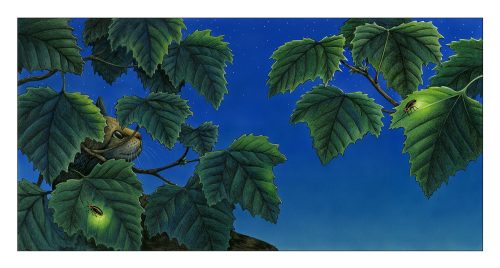
Do you have an art studio in your house or do you do most of your work at the college?
I have a studio in my house, a room over my garage that is ideal with two big skylights that give all the light I need. There I keep my children’s book collection which includes a whole bookcase of antique children’s books, reference books, and books on illustration and art in general. I have a drawing table with supplies, a desk where I work with my laptop on my Cintiq, flat files loaded with illustrations from the many pictures books I’ve illustrated, a large format scanner and a printer.
Do you do any research before starting a new project?
Just as an author does research to write a book, especially a nonfiction book, an illustrator does the same. I do a ton of research. I look at my own reference books, the large files of photos I’ve taken through the years (I’m always photographing things I might use someday), real life reference, and the internet. I may use the internet to become familiar with a subject but then shoot my own photos or look at combination of sources. I gather visual information to then create my own vision. I have to be accurate when working on a nature and science based book. If not, I might hear about it from a librarian, teacher or a child.
What is your favorite tool or medium to use when creating your illustrations?
I’ve been working in gouache since collage and love how versatile it is. I can use it as an opaque paint out of the tube or like regular watercolor combined with water for a translucent look. I work in a combination of both, building in layers translucent colors and finishing with details done more opaquely. There are times when I add pen and ink or colored pencils to my artwork. I work traditionally but finish digitally.
What do you think helped develop your style?
Working on thousands of illustrations, I’ve learned what works for me and what doesn’t. I love detail and pattern and when I see that in a subject I feel compelled to add it. A lot of times I wish I wasn’t so much like that. I also love color and working in children’s publishing, I think children especially respond to color. I like to keep my colors bright and strong when I can.
Do you feel your style has changed since starting your career?
I think it has become a bit more sophisticated and I’m more aware of the power of composition and value but my drawing style is not that different from when I began.
Do you use Photoshop or Procreate with any of your work?
I use Photoshop to finish my illustrations and make any alterations. Since I invested in a Cintiq years ago, I’ll keep using Photoshop until my Cintiq doesn’t work, then I’ll probably switch to Procreate or whatever takes its place.
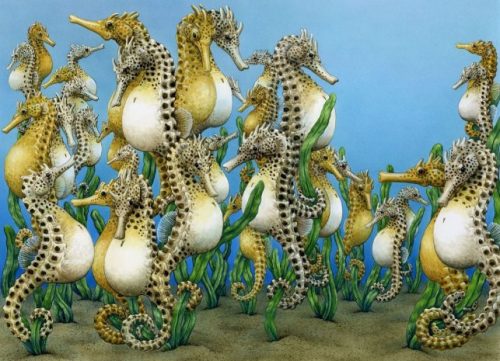 What do you think has been your biggest success, so far?
What do you think has been your biggest success, so far?
I can’t say there has been one big success. Any book that gets in the hands of children to enjoy is a success for me. Sometimes I hear from my college students that they remember having some of my books as a kid. Sea Squares was a such a big surprise success as my first trade book. It will always have a special place in my heart. Many of the easy readers I illustrated for Scholastic in the 1990s are still in print and have sold millions, Endangered Animals by Faith McNulty, for example. I think longevity is a kind of success.
What are you working on now?
I’m excited to say that I’m working on a sequel to This is NOT My Lunch Box. I’m also working on a field guide to the flora of Appledore Island, where the Shoals Marine Laboratory is located. I love being able to work in two such difference illustration paths. They both feed a different need for me.
Are there any painting tips (materials, paper, etc.) you can share that work well for you? Technique tips?
The best tip I can offer is to use the best quality materials you can afford. Using 100% rag (cotton) watercolor paper makes laying on the paint easier and I can manipulate it better. That means I have better control, less mistakes. Right now I’m using Fabriano Artistico paper but I also like Stonehenge by Legion and Arches. I use Winsor & Newton Series 7 brushes, mostly 0 and 2. They are the finest I’m found. They hold their point, have a good spring, and keep a good paint load. All those things let me work faster. I rely on Winsor & Newton Designers Gouache and watercolors to give me beautiful colors and mixing options. Using quality paints means better color because more pigment is added than in less expensive brands which have more binder. One reason gouache is more expensive than watercolor is because to get the opaque quality, more pigment is added and the pigment is what is expensive.
Any words of wisdom you can share with the illustrators who are trying to develop their career?
Children’s publishing is a competitive, crazy world where access to art directors and editors is difficult because they are so busy. I think showing your work on social media platforms is a a great way to get noticed. Also, publishers love authors and illustrators the have a social media presence. Going to conferences and workshops presented by organizations like SCBWI can be extremely helpful, also. It’s a way to hear editors, art directors and agents speak and to learn what they are looking for and which publishers are right to approach with your work. There is a lot of homework involved in just knowing who to contact.
Be opportunistic, adaptable, and do your best. I’ve heard it said, “You’re only as good as your weakest work.”
Don’t worry about style. It will come in time, just keep making quality work. Be true to yourself. Make work that is important to you and create it in your own unique way.
Carol, thank you for taking the time to answer the interview questions and sharing your process with us. It was a wonderful way for everyone to get to know you. I’m sure your illustrations will make everyone smile. Please let me know when your next book comes out and I will share it with everyone.You can find more of Carol’s work at:
WEBSITE: https://csillustration.com/
FACEBOOK: https://www.facebook.com/csillustration/
LINKEDIN: https://www.linkedin.com/in/carol-schwartz-81715720/
AGENCY: https://storybookartsinc.com/artists/carol-schwartz/
Talk tomorrow,
Kathy



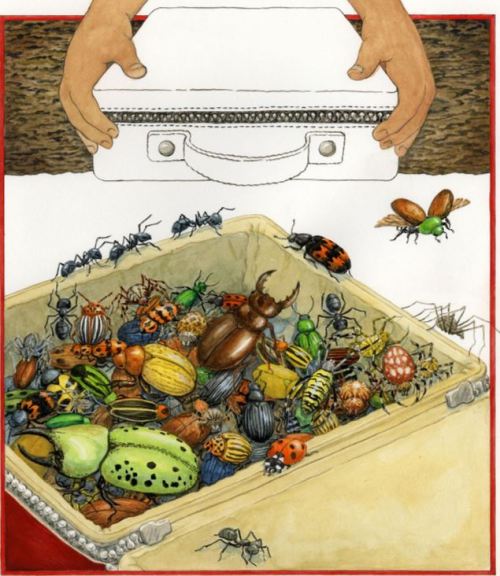
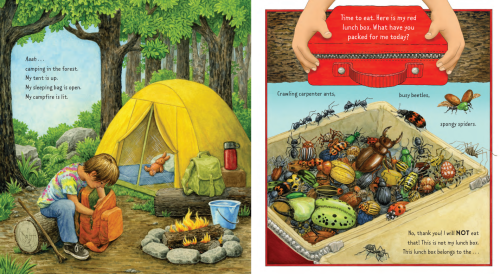







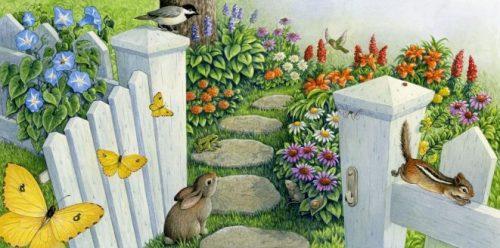
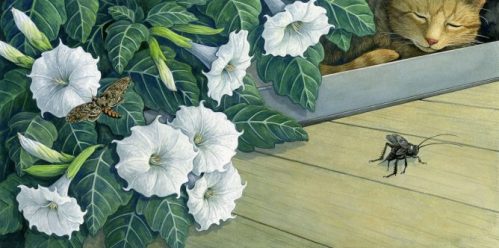

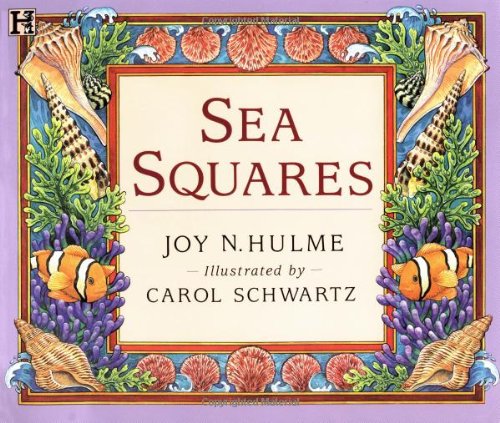
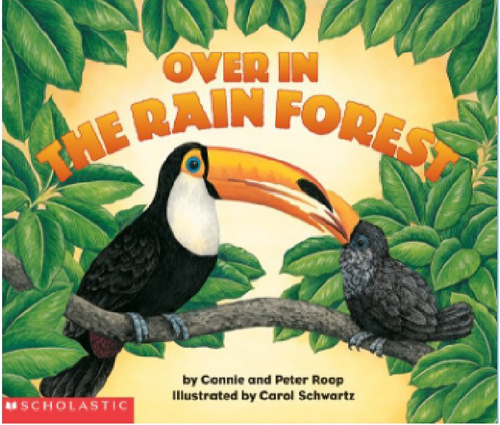
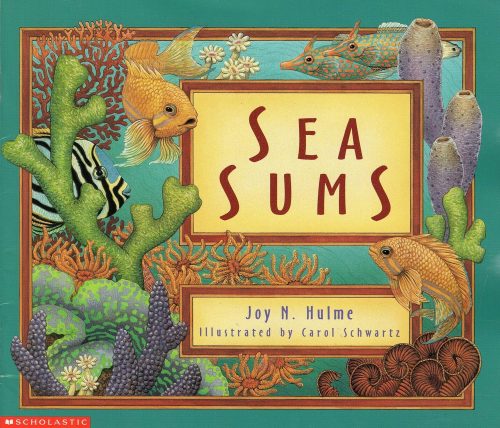
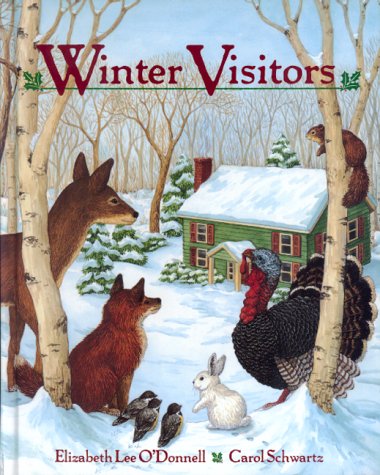




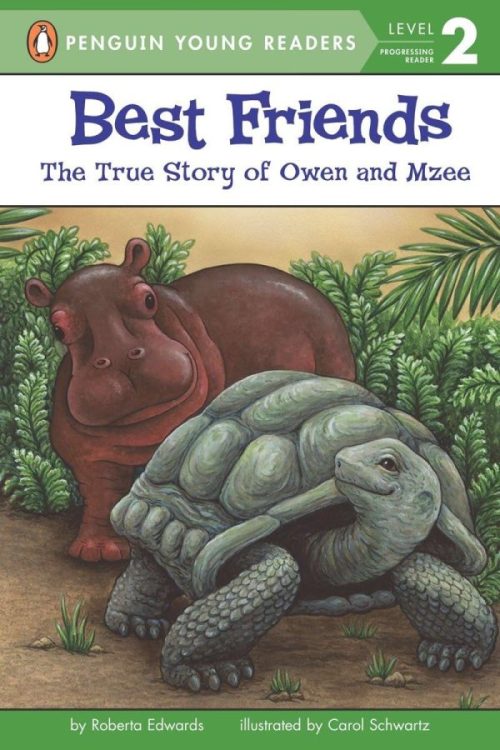
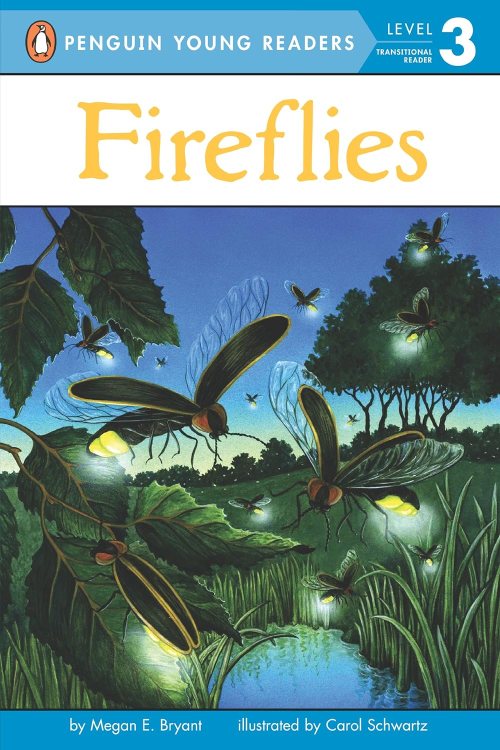

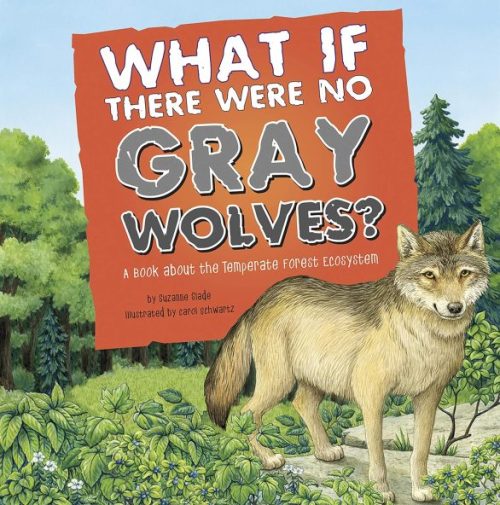



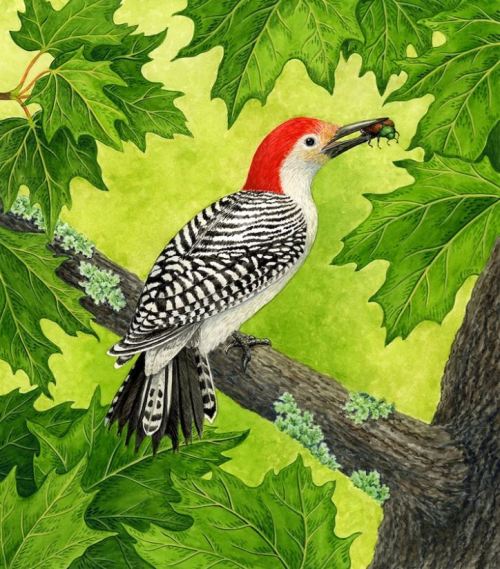


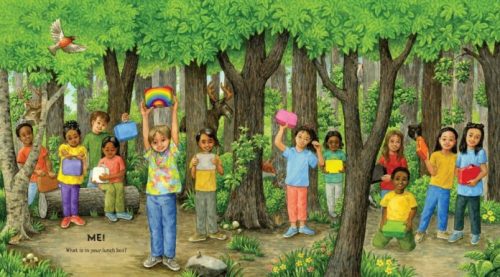

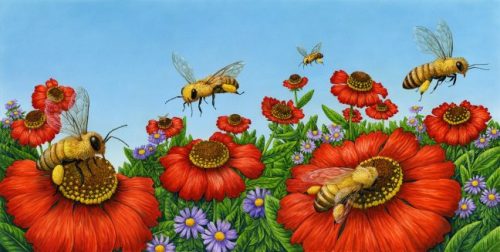
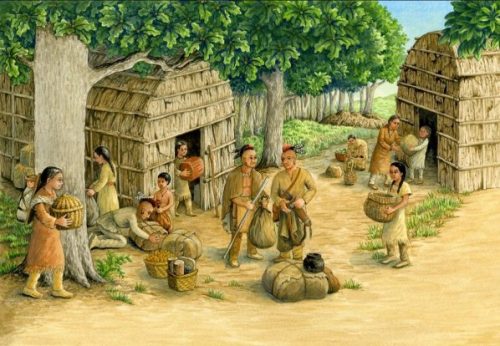






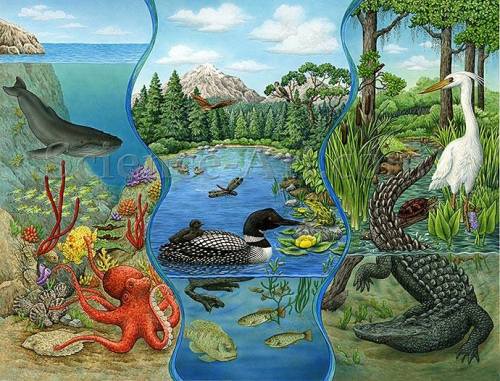

Congratulations on all your successes, Carol. Your work is pure eye-candy. 😉 I’ve always felt incredibly fortunate that Tilbury House chose you to illustrate MY BUSY GREEN GARDEN. 💚
LikeLike
By: tpierce on June 15, 2024
at 9:45 am